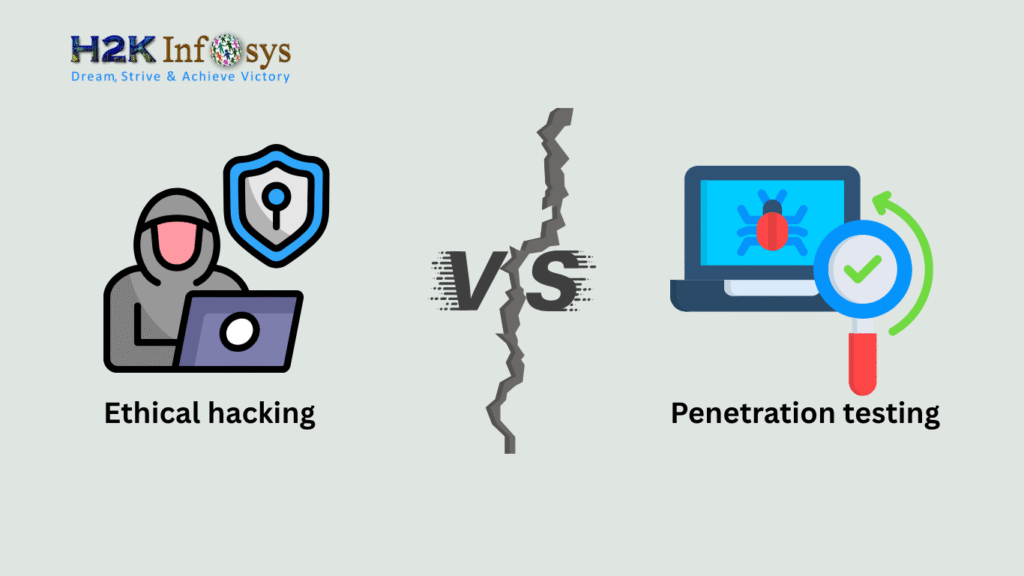Introduction
In today’s rapidly evolving software industry, test automation has become a cornerstone for achieving faster release cycles, improved quality, and reduced manual effort. However, writing automated test scripts in isolation doesn’t guarantee efficiency or maintainability. This is where an automation framework comes into play, a structured approach that defines how automation scripts should be designed, executed, and managed.
Alongside this concept, testers frequently encounter the term AUT, which stands for Application Under Test, the actual software being tested through automation. Both the automation framework and the AUT form the foundation of any modern software-testing strategy.
In this blog, we’ll explore what an automation framework is, why it’s essential, its different types, and how it relates to the Application Under Test (AUT). We’ll also discuss key design principles, tools, and best practices to help you understand how automation frameworks streamline the testing process.
If you’re aspiring to become a quality assurance expert, this blog post will provide you with an in-depth understanding of these essential topics and guide you on how to enhance your skills with a QA Testing Online Training Course.
Understanding Automation Frameworks
An Automation framework is a set of guidelines, best practices, and tools that create a structured approach to automated software testing. It serves as a blueprint that ensures consistency and reusability in test scripts while minimizing maintenance efforts. Let’s break this down further:
Key Components of an Automation Framework
- Test Data Management:
- Centralized storage for test data, ensuring easy updates and reusability.
- Example: Using JSON or Excel files to manage test input and expected outcomes.
- Reusable Components:
- Modular scripts that can be reused across multiple test cases, reducing redundancy.
- Example: A login function that can be called in tests for various user roles.
- Reporting Mechanism:
- Detailed test execution reports to track success and failure rates.
- Example: Integrating tools like TestNG or Extent Reports to generate visual reports.
- Error Handling Mechanisms:
- Strategies to deal with unexpected application behaviors or script failures.
- Example: Implementing try-catch blocks to handle exceptions gracefully.
Popular Types of Automation Frameworks
- Linear Scripting Framework:
- Suitable for small projects with straightforward test cases.
- Scripts are written sequentially, often in record-and-playback tools.
- Data-Driven Framework:
- Focuses on separating test logic from test data.
- Example: Storing test data in external sources like Excel, XML, or databases.
- Keyword-Driven Framework:
- Uses predefined keywords to perform specific actions.
- Example: Keywords like “Login,” “Click,” and “Verify” streamline script readability.
- Hybrid Framework:
- Combines the best practices of multiple frameworks.
- Offers flexibility, scalability, and robust test case management.
Benefits of Using Automation Frameworks
- Efficiency: Saves time and effort by reducing manual interventions.
- Scalability: Adapts to growing project requirements effortlessly.
- Consistency: Ensures uniformity across test cases.
- Cost-Effectiveness: Reduces the cost of regression testing and long-term maintenance.
Application Under Test (AUT)
The Application Under Test (AUT) is the software or system being evaluated for quality, performance, and reliability. It’s the centerpiece of all testing activities. Understanding the AUT is vital for designing effective test strategies.
Characteristics of a Good AUT
- Clear Requirements: Well-documented functional and non-functional requirements.
- Stable Environment: A consistent environment to execute test cases.
- Testability: Built-in mechanisms like logging and debugging support.
- Usability: An intuitive user interface for enhanced user experience.
How AUT Fits into the Testing Process
- Requirement Analysis:
- Understand what the application should do.
- Example: Testing an e-commerce platform’s checkout process.
- Test Case Development:
- Create test cases based on the application’s functionality.
- Test Execution:
- Run tests on the AUT using manual or automated tools.
- Defect Reporting:
- Document issues and collaborate with developers for resolution.
Why QA Testing Training is Essential
Mastering automation frameworks and understanding AUT requires a blend of theoretical knowledge and hands-on practice. Here’s how QA training classes can help:
Benefits of Quality Assurance Tester Training
- Comprehensive Curriculum: Covers manual and automated testing concepts.
- Hands-On Experience: Real-world projects to simulate industry scenarios.
- Expert Guidance: Learn from experienced professionals.
- Career Advancement: Equip yourself with in-demand skills to boost employability.
Key Features of H2K Infosys’ QA Testing Online Training Course
- Practical Learning: Hands-on sessions to build real-world testing expertise.
- Industry-Relevant Tools: Training in Selenium, TestNG, JIRA, and more.
- Flexible Schedules: Online classes tailored to fit your lifestyle.
- Certification Support: Get certified to validate your skills.
Real-World Applications of Automation Frameworks
Case Study: E-Commerce Website Testing
An online retailer wanted to ensure their website could handle high traffic during sales events. Using a hybrid automation framework, the QA team:
- Automated login, checkout, and payment processes.
- Used data-driven tests to validate different payment methods.
- Generated detailed reports to monitor performance under load.
Results: A 40% reduction in testing time and a 25% increase in bug detection efficiency.
Industry Statistics
- 90% of organizations believe test automation improves the quality of software delivery. (Source: World Quality Report)
- Companies using automation frameworks report a 30% faster time-to-market.
Conclusion
Automation frameworks and AUT form the backbone of modern software testing. By mastering these concepts, you can deliver high-quality software, enhance your efficiency, and stay ahead in the competitive field of quality assurance.
Ready to take the next step in your career? Enroll in H2K Infosys QA Testing Online Training Course today and gain hands-on experience, industry-relevant skills, and the confidence to excel as a QA tester.
Key Takeaways
- An automation framework streamlines and organizes automated testing efforts, making them efficient and scalable.
- The Application Under Test (AUT) is the focal point of all testing activities.
- Quality assurance tester training equips you with the skills to effectively test software applications.
- H2K Infosys’ courses provide a comprehensive approach to mastering QA testing.























